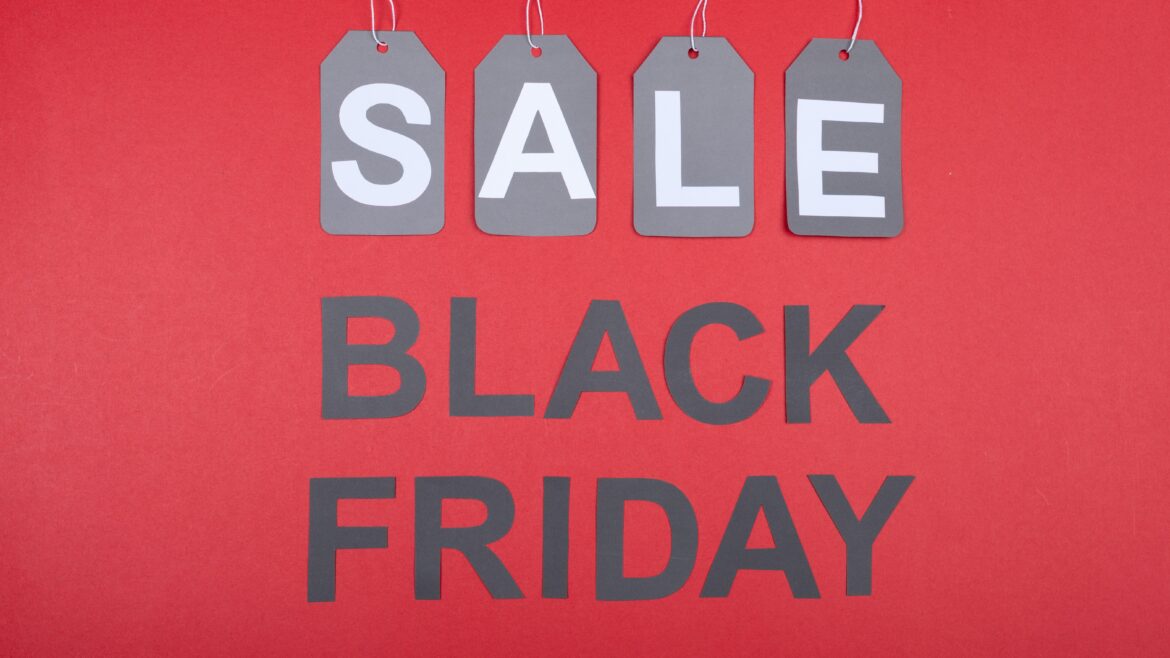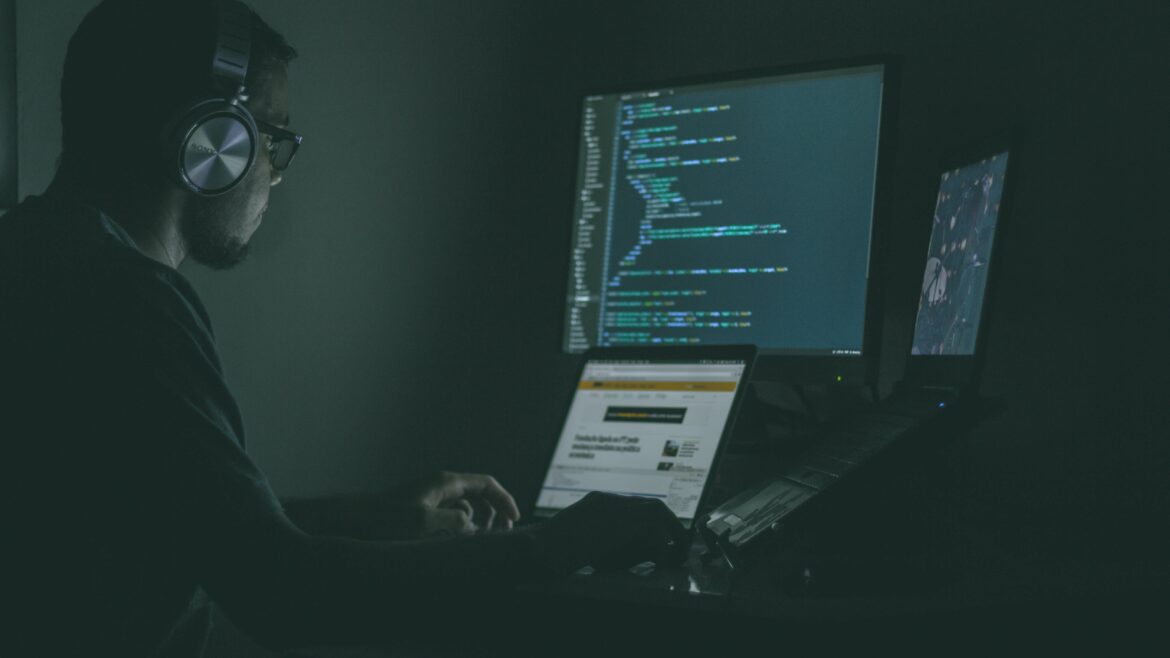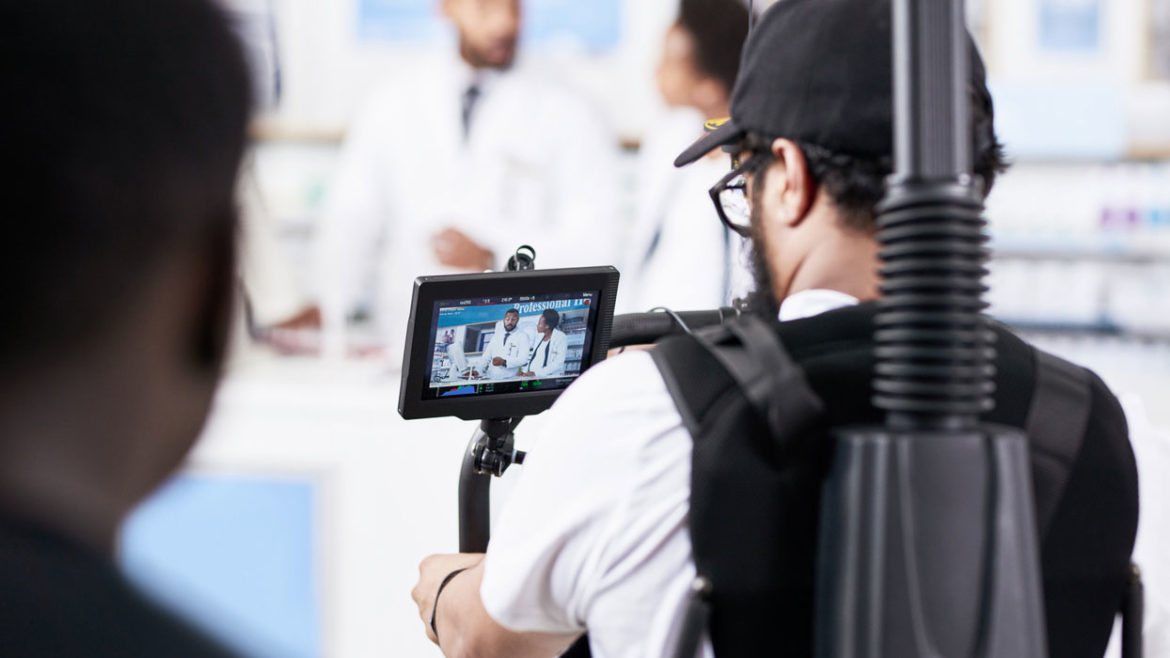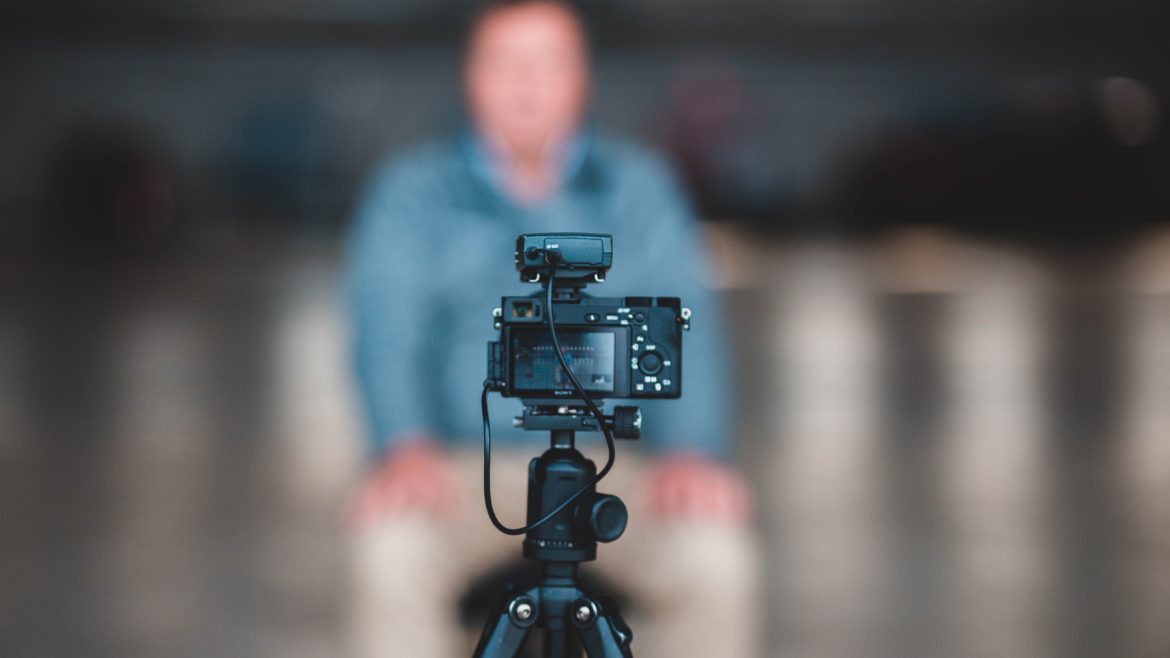If compliments give us the warm and fuzzies, would it be fair to say criticism gives us the cold and clammies? Still, there’s a reason we are familiar with the sentiment that our way to the desirable stations in life is through some undesirable ones. It’s a familiar theme across religious traditions, philosophical studies, and popular culture, to boot. Think “No pain, no gain” or “the obstacle is the way.”
Stephen Colbert borrowed a quote from JRR Tolkien in a conversation with Anderson Cooper, saying, “What punishments of God are not gifts?” They were sharing their experiences around grief and loss with Cooper having recently lost his mom and Colbert drawing on the loss of his brothers and dad when he was 10.
If we have a little bit of cynicism or are in the midst of a challenge (i.e.-not to a place of objectivity yet), we might be finding ourselves asking the same question Cooper did: “Do you really believe that?”
After what appears to be an almost apologetic pause, Colbert says, “Yes, it’s a gift to exist. And with that comes suffering. There’s no escaping that.”
While the context of the conversation is about something with much higher stakes than the kind of discomforts that show up on our door on a daily basis, the principle is worth considering in all of our perceived “punishments.”
Whether it’s in our own personal lives or for our business, how can we lean into the discomfort of conflict and bring something valuable out on the other side?
Follow These Easy Steps to Embrace Discomfort as a Gift
- Reframe conflict. If you’re on a sports team, your coach will only invest in you if they believe in your potential to grow. If you’re a perpetual bench warmer, you might never hear a raised voice in your direction. In relationships, if you feel there’s no hope for change, you might stop bringing up the challenges. An absence of external conflict doesn’t mean an absence of internal conflict (there’s a Martin Luther King quote for that). So when someone comes to you with a complaint or an uncomfortable topic, you can take comfort knowing that this is the opportunity to grow. Complaints and conflicts should be embraced with the same anticipation and curiosity as if received in a beautifully-wrapped little box. It’s a second chance to get things right. When a customer or a friend doesn’t feel it’s worth investing the time and energy to bring a conflict up, that’s when there’s real trouble.
- Thank the gift giver. When someone gives you a gift you should, of course, express gratitude. In order to do so with authenticity, you have to truly see the benefit and opportunity in the feedback. If you don’t see it that way, work on your mindset. The highest form of gratitude you can convey is to address the problem. If a customer or a friend brings up something you could do better, tell them what you have done or will do to acknowledge and address the mistake. This makes it easier for the gift-giver to come back again with a new gift.
- Keep the end goal in mind. If you remember that what you do want is on the other side of this conflict, it’ll give you some measure of comfort in the midst of the discomfort. You’ll turn a conflict into a bonding agent that will strengthen your connection in both professional and personal relationships.
The Bottom Line
Handle conflict well and you’ll turn that discomfort into something valuable. That’s a great gift!
Yesterday, I drove by a young man directing construction traffic from the side of a freshly-tarred road. We are in the middle of a heat wave in my area and even by 9 AM, we were well into the 90’s. If it had been a cartoon, I would’ve been able to see the heat waves rising beneath him. I wanted to drop some gatorade off for the guy! Don’t be mistaken: Heat stroke is not just dangerous to the most vulnerable among us. It can land even a young man like this worker in the hospital with very little warning.
We aren’t the only ones experiencing record-breaking highs this summer: Many regions are facing increasingly wild weather. So what does this mean for individuals or companies whose work requires them to be outdoors? I’ll tell you what it doesn’t mean: waiting until someone has a heat stroke to think about worker safety.
As we head into another record-breaking summer, it’s a good time to talk about workplace safety. Protecting workers—especially those who spend extended time outdoors—requires a little extra forethought and attention. While your workers’ health is a good enough reason to take extra measures, addressing safety risks can also prevent fines and lawsuits.
Worker Safety in Extreme Heat
Staying compliant with OSHA’s guidelines on Occupational Heat Exposure prevents workers from getting heat related illnesses. It also prevents them from missing work and you from getting fined. Keep everyone safe so neither you nor your employees end up paying the price.
- Provide water, rest, and shade: It’s easy to get into a project and forget about the time. Sometimes proactive measures like mandatory breaks with plenty of hydration will remind people to take care of themselves in the heat. Make plenty of water and gatorade easily accessible.
- Recognize the signs: Managers should be on high alert for symptoms of heat exhaustion. According to the Occupational Safety and Hazard Administration (OSHA), “Persons suffering from heat exhaustion might have cool, moist skin; sweat heavily; or complain of headache, nausea or lightheadedness.”
- Watch the weather: At different temperatures and conditions, different measures are appropriate. Monitor the heat index as well as the associated risks. Schedule reminders and water breaks ahead of time and stick to them, regardless of your schedule.
General Emergency Preparedness
Heat isn’t the only hazard workers may face. OSHA’s website provides resources for winter weather and just about every situation here. Preventative measures for all inclement weather issues is a worthwhile investment. OSHA offers free on-site consultations to help diligent employers eliminate any problems up front. Contact them at 1-800-321-OSHA for more information.
Bottom Line
Watching out for your workers’ safety is not just about staying compliant with the letter of the law, but about understanding and staying true to the spirit behind it. Even if you can push workers a little further to get the job done faster, it’s worth going above and beyond to provide a safe environment. Watching out for people makes workers more loyal and you’ll ultimately be more productive, too.
The interconnectedness of today’s digital world makes it increasingly important to be vigilant on the cybersecurity front. Digital information cannot be locked up in a safe and unlike a physical object, you may never even know it’s been obtained by a malicious agent. We learn early to keep our valuables under close watch but digitally, you’re protecting invisible, highly-valuable assets. Unlike a wallet, our identity, data, and customers’ personally identifiable information (PII) are not tangible items that we can keep in our sight, knowing that as long as it’s in our hands, it’s not in someone else’s. Cybersecurity requires a different approach.
It seems every week, a major company, hospital, or education system experiences an alarming security breach. The breaches may compromise privacy (hacked laptop/phone cameras, for example), data, or PII. Credit monitoring companies, phones, and even entire cities have been compromised and even taken hostage. This NPR piece offers a sobering read on the fifth domain (after land, air, water, and space) of the cyberworld.
Businesses and consumers increasingly rely on apps and software to get everyday work done. For companies, this comes with a responsibility to protect clients’ information. So what’s a company to do?
It’s a real problem. So now what?
We’re not going to offer a sobering perspective without offering solutions. While we’re talking about what businesses can do, we would be remiss not to address one important aspect of how you can protect yourself on a personal level. You can freeze your credit as well as that of your minor-aged kids. Here’s an article from the USA Today with more about how and why to take this step.
Customers trust companies with priceless personal information and sensitive company data and companies have a great responsibility to handle that data with care.
How Companies Can Protect Sensitive Customer Information
- Password management: There are tools that offer super-secure ways to make sure your company passwords are accessible only to whom you want them to be. If you’ve ever tried to access a company account after the person who managed it is no longer with the company, you see the value here. Aside from the convenience, it’s a way to keep information super secure.
- Policies and procedures: Make sure you have policies and procedures in place to prevent attacks. Train employees on good security etiquette. For most organizations, human error is by far the most likely source of mistakes that lead to breaches.
- Insurance coverage: Should you experience a breach, having solid insurance coverage in place can make it a lot less painful by covering the financial loss. This article provides a lawyer’s guide to cybersecurity insurance coverage.
- Penetration tests: Have third parties perform monthly security checks and an annual penetration test.
- Customer encryption: Encrypt all information at multiple levels. Encryption scrambles data so that it’s unreadable without the encryption key. This article on business cybersecurity talks about three ways companies should encrypt data: “at rest, in motion and in use.”
The Bottom Line
Any investment in your security is a wise investment indeed.
In the movie Miracle, a ragtag group of individuals from rival schools transforms into a well-functioning team and the unlikely winners of the Olympic gold. During tryouts, many of the United States’ top hockey players made a show of their fancy skating skills. Still, Coach Herb Brooks had something more basic in mind. He knew this team wasn’t the most skilled or the most experienced, but he was determined they would be the most well-conditioned.
As our work teams continue to disperse to their home offices and fancy devices, it’s easy to lose focus. Still, the fundamental principles remain solid. While the methods will continue to change, an effective team is always built on effective communication. Another foundation of a team that feels cohesive–no matter how it’s structured–is taking care of people.
Whenever we get a little sideways or start to feel the distance growing between team members, divisions, and workers with various statuses, we can always come back to the tried and true basics and work on our communication as well as the human side of our business.
We’ve collected some resources for cohesively knitting teams with different structures.
Communication
Three Elements of Great Communication, According to Aristotle
Good Communication Goes Beyond Open Door Policies
New Study: How Communication Drives Performance
The Next Generation of Office Communication Tech
Taking Care of People/Teambuilding
The New Science of Building Great Teams
How to Respectfully Discuss Contentious Issues at Work
In a Hybrid World, Your Tech Defines Employee Experience
What is the Purpose of Your Purpose?
Managing a Polarized Workplace
Bottom Line
There’s no way to build an effective team without communicating well and taking care of your people. What are your tried and true principles/tactics you always come back to?
Like a lot of you, we’ve been reading about how to adjust to the changing workplace. We hope you find this curated list of the Harvard Business Review’s resources to help you through the changing workplace.
The Great Resignation
- 6 Strategies to Boost Retention Through the Great Resignation (Harvard Business Review)
- How to Hang On to Your High Potentials (Harvard Business Review)
- One Way to Fight the Great Resignation: Re-recruit Your Current Employees
Communication
- How to Interrupt Someone’s Workday–Without Annoying Them
- Communicating Authentically in a Digital World
- Five Ways to Improve Communication in Virtual Teams
Leadership
- How to Get Your Team to Stop Asking You Every Little Question
- Use Purpose to Transform Your Workplace
- What Courageous Leaders Do Differently
What patterns are you seeing out there? What’s helping you through?
While in 2020, virtual events reigned supreme, 2021 brought the rise of hybrid events–those that combine both in-person and virtual experiences. We saw trade shows, company rallies, and conferences turn to hybrid events for the best chance at reaching their audience. Raise your hand if you’ve participated in a hybrid conference. ✋
It’s easy to spot the events that fell victim to the prevailing myth that 🚫 “All you need to conduct a hybrid event is a virtual streaming provider.” 🚫
This idea is false and the mistake could be very costly to your organization.
As we approach 2022 and in-person gatherings continue to make a comeback, hybrid events are a prominent player in our new reality. This offers some advantages, but if you’re considering putting on a hybrid event, approach the idea with a healthy dose of caution. If you’re going to go to the effort, you need to do it right. If all you do is stick a camera in the back of the room and livestream an event with no additional accommodations for the virtual attendees, you’ve missed the boat. And that means you’ve lost out on engagement, leads, sales, and income. Of course you do need a solid livestream partner, but make no mistake: if the online experience comes across as an afterthought, it’s better not to offer a virtual component at all.
Here, we’re walking through how to make the most of a hybrid event for your business and what you’ll need to conduct one effectively.
Does a Hybrid Event Make Sense?
Virtual events still make the most sense for webinars and similar short-form, video-heavy occasions. On the other hand, we’ve learned that many traditionally in-person events can translate incredibly well virtually, too. Even if you don’t think your event is a good fit for a hybrid style, give it a little more time before you write the idea off. Haven’t we all learned we can do more virtually than we ever thought? Once you make the decision to hold a hybrid event, it informs all of your remaining choices.
Elements of a Successful Hybrid Event
Content
Hybrid events are aptly named. They offer two very different experiences for one event. That’s pretty amazing! And also pretty challenging. If you do decide to hold a hybrid event, the reigning wisdom remains true: Content is everything. You might say that it’s even more important during a hybrid event than an exclusively onsite event because virtual attendees are more likely to stray to the kitchen or get distracted by their phone’s pin or their washing machine’s ding. To help whatever is happening in-person keep online viewers engaged, consider incorporating polls or Q&As. Help every presenter tailor content in a way that engages both in-person and virtual attendees. Bottom line: Just make sure you have a plan for how to convey information to each group.
Seamless Details
Have a branded event registration webpage with event information as well as clear registration info with customized funnels/follow-up communication for both the virtual and in-person options. This way, attendees can sign up easily and also receive only the information that is relevant to their experience.
Considerations for Virtual Attendees
Consider offering virtual-only sessions, breakout rooms, or networking opportunities. While it’s incredible to be able to include participants virtually from all over the world, you’ll also need to be aware of the time zone differences and make appropriate accommodations. For example, you may want to offer your most in-demand sessions at multiple times or at least give access to the recording.
Bottom Line
If you’re thinking about putting on a hybrid event, you’re in good company! Do it! Just make sure you do it well.
Note: This post is part of a series. Check out this post on How to Get More Mileage Out of Hybrid Events.
Sure, there are as many iPhones as there are stars in the (Samsung) Galaxy. Sure, people are more forgiving about production value right now. And yes, you can send a mountain of footage to an able editor over the wonderful, wacky web. But should you? Are you going to feel good about using what they produce once COVID is in our rearview mirror?
We’ve all found some workarounds for our normal processes, right? In our experience:
- People are less interested in getting on a plane during a pandemic
- We are shifting to virtual events and need more content than ever
- Fully-staffed shoots are not feasible in many cases
There’s so much more to this thing than pointing a high-quality camera (which you carry in your pocket at all times) at your subject.
How The Pros Are Procuring USABLE Self-Recorded Footage
Producing from a distance has become more common. Even shows like Frontline are using this method to get what they need. Ask for a crew that has a process in place for sending you a self-recording kit. Don’t try to wing this one. Without proper planning, it will be frustrating for everyone and you won’t get the results you want.
Who doesn’t love a good kit, amiright?
A crew with the chops to do it right will create and send you a kit and follow a procedure something like the following. You’ve got meal kits, craft kids, Christmas decoration kits. Why not a camera kit? Your crew will send you a package, likely including an HDSLR camera (equipped with a microphone), a lav mic, and detailed instructions on setup. They’ll also include a prepaid UPS or FedEx envelope for the return.
How will I know what to do with it?
Well, cameras can be kind of technical, but the crew will configure the camera in advance to make your job as easy as possible. Once you’ve received it, they’ll do a video chat to work out the bugs and set up the shot. From there, you’ll film a short test shot for the crew to review. They may set up another call to refine the shot as needed.
Then you’ll mail the supplies back to the crew in the packing materials they provide. That’s it! Then you just wait for the post-production magic!
What about cost?
As the country tests the waters on how to open back up in the midst of a pandemic, everyone–from government officials to businesses and workers–is making tough decisions. While it’s hard to say what’s next, one thing seems clear: We are going to be in this thing for a while. As we navigate new waters, businesses have new considerations to protect workers, too.
If you staff special events or hire freelance video crews for one-off projects, temporary workers are an incomparable asset. You’re responsible for providing basic protections under the best circumstances. As COVID-19 runs its terrible course, the risks of not adequately protecting workers have increased tenfold. You don’t want to put your workers at risk of infection, of course. On top of that, if your workers don’t feel safe, they will be less likely to put their health at risk for your event or whatever it is you’re trying to accomplish.
When it comes to keeping them safe, happy, and productive, the best insurance for temporary employees is accident and illness prevention.
COVID-19 Protocol
OSHA updates its guidelines as the situation changes, so be sure to check back regularly and refer to the CDC’s coronavirus webpage. The CDC advises that in addition to touching contaminated surfaces, spread occurs through “respiratory secretions” that “enter the mouths and noses of people nearby, and can be inhaled into the nose and lungs.” Asymptomatic spread makes it extra hard to trace and prevent.
We all know about social distancing, but OSHA has developed thorough guidelines for classifying worker exposure risks into lower, medium, high, and very high-risk categories, with corresponding guidance and resources for protecting workers in each category. See the Control and Prevention page.
Occupational Heat Exposure
In addition to COVID-19, we are also in the middle of the hottest months of the year in much of the U.S. So don’t let occupational heat precautions go out the window while you work on virus prevention. By taking the following precautions against heat-related issues, businesses can lower safety risks and prevent fines and lawsuits, too:
- Provide water, rest, and shade: It’s easy to get into a project and forget about the time. Sometimes proactive measures like mandatory breaks with plenty of hydration will remind people to take care of themselves in the heat.
- Recognize the signs: Managers should be on high alert for symptoms of heat exhaustion. According to the Occupational Safety and Hazard Administration (OSHA), “Persons suffering from heat exhaustion might have cool, moist skin; sweat heavily; or complain of headache, nausea or lightheadedness.”
- Know and respect workers’ rights: It’s not just about staying compliant with the letter of the law, but about understanding and staying true to the spirit behind it. Even if you can push temporary employees a little further to get the job done faster, it’s worth going above and beyond to provide a safe environment. OSHA offers free on-site consultation services to help diligent employers eliminate any problems upfront. Contact them at 1-800-321-OSHA for more information.
COVID-19 is our current reality. If we want to get back to any semblance of life as we once knew it, we simply must accommodate for it. OSHA provides thorough guidelines for going back to work and preparing the workplace. They even have a section for specific industries. In addition, staying compliant with OSHA’s guidelines on Occupational Heat Exposure prevents workers from getting heat-related illnesses. It also prevents them from missing work and you from getting fined. Keep everyone safe so neither you nor your employees end up paying the price.
Prevention is great, but actual insurance for temporary employees is still a must. You don’t need to spend hours translating all the legalese. We’ve already done it and know just what businesses need to do to stay compliant with insurance regulations. PayReel eliminates guesswork and frees you up to get you back to doing the creative work you love. Click here to speak to us!
You’ve baked a cake from scratch. You’ve lost too many hours of your life to Tiger King. You have a jar of sourdough starter on the counter. You know what it’s time for? Something (anything) outside. You could take advantage of this rare period of time when you’re not driving through the Chick-fil-a on your way to soccer practices and take a walk with your quarancrew. Do it in a place where you can keep practicing social distancing, though! You could forage for mushrooms (but only after educating yourself on the subject, please). Better yet: you could grow some food in your yard, on your patio, or even on your counter!
If you’re thinking about producing some of your own food, you’re not alone. Some seed companies are short on stock and local nurseries are running out of starter plants. There are still options though and you don’t even need a traditional garden with rows or some ambitious plan to feed your family for a year. Even people with a small patio or simply a sunny windowsill can produce a satisfying crop at home.
Here are 5 ways to produce your own food (even without a big yard).
- Raised bed plots: This is a great option to get you outdoors and growing a few goodies with minimal investment of time and energy. You can grow a surprising amount of food in a 4×4 plot and you don’t even have to tear up your yard. If you find you love it, you can add new plots next year. Here’s an intro to the method of Square Foot Gardening.
- Potted porch plants: Without any yard at all, you can grow some herbs, greens, and maybe even a few tomato plants right on your back porch or patio. Herbs are a great place to start because they cost so much in the store and go bad quickly once harvested. Growing your own means you can step outside for a breath of fresh air and come in with a handful of aromatics. Bonus: you’re less likely to forget about something you see regularly than a plot in the corner of your yard. No porch? We got you, too! 👇
- Sunny windowsill: Some plants–especially herbs like basil and mint–thrive without the traditional requirements. To avoid disappointment, look for varieties that do well indoors before you buy.
- Indoor growing systems: You can invest in a system like this one with lights and the capacity to grow dozens of plants at a time or you can get a small tabletop aquaponic system to grow some greens and entertain your kids at the same time. The large systems require a big up front cost and regular nutrients, but the big bonus is that you can do this year round. The small systems aren’t especially economical for the amount of food you get, but some say the experience is priceless. Plus right now, Back to the Roots is offering 30% (code LOVEMOM30) off with a mother’s day special.
- Indoor/outdoor fruits: We saved the most ambitious for last. Even if your climate isn’t known for growing fruit, you may be able to grow fruit trees in pots. Many of these grow well indoors most of the well and benefit from being outside during summer months.
This is admittedly a departure from our usual topics, but after weeks of hunkering down indoors, we felt it was time to talk about doing something (anything) outside. While a big perk of gardening is of course the good clean food you’ll harvest, it also carries the bonus perks of helping you get a little exercise. Whether you’re concerned about food security or simply want to have the yard you’ve dreamed of, now is a good time to get out and grow some stuff.











